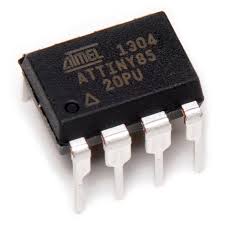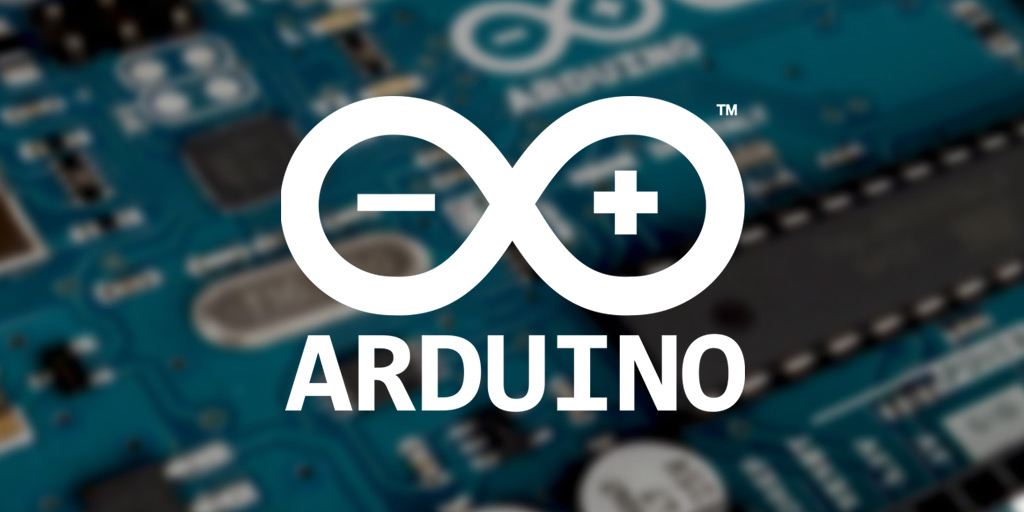Overview — what “building a circuit” means
Building a circuit is connecting electronic components so current flows the way you intend, producing a useful result (light, motion, sensing, communication). The process breaks down into: plan → gather parts → assemble → test → iterate. Focus on clarity, safety, and measuring as you go.
Tools & materials you’ll need
Basic tools
Breadboard (solderless)

Jumper wires
Multimeter (volts, ohms, continuity)
Wire stripper / cutter
Small needle-nose pliers
Soldering iron + solder (for permanent builds)
Helping hands or PCB holder
Essential components
Resistors (assorted)
LEDs
Capacitors (electrolytic and ceramic)
Diodes (e.g., 1N400x)
Transistors (e.g., 2N3904)
Voltage regulator (e.g., 7805)
Power source (batteries or bench supply)
Microcontroller (optional — e.g., Arduino)
Safety gear
Safety glasses
Fume extractor or fan (when soldering)
Heat-resistant mat

